Anyone who has walked the Camino de Santiago in Galicia will of course have seen these odd-looking buildings known as hórreos. There are so many in fact that they’ve become somewhat of a cultural symbol of the region.
Hórreos are typically built from stone, but some can be wooden too. They’re small, narrow buildings, but range in size. Some of them are only around one metre long, while others could are big enough for a few people to lie down in them.
READ ALSO: Five reasons why Galicia is Spain’s version of Ireland
They’re easy to spot because they’re raised up on stone stilts or platforms and typically have a set of steps going up to reach them. The sides traditionally have narrow wooden slats so that if you got up close you could probably see inside and the roofs are properly tiled, often with a stone cross stuck on the top.
Many question whether they’re small homes for animals such as chicken coops, places for religious offerings or even similar to garden sheds.
These strange buildings actually date back to the 15th century and are in fact granaries, originally built to store feed for animals or farm produce and keep it dry and off the ground to protect it from potential wild animals.
Some even have small indentations on the base that were filled with water so that not even the ants could climb up and get into the food either.
READ ALSO: The pros and cons of living in Spain’s Galicia
The exact number of hórreos in Galicia isn’t known, but at the beginning of the 20th century it was estimated that there were about 30,000, one for every square kilometre of the region.
In modern times, people don’t have a specific use for them and unfortunately, many hórreos have fallen into a state of disrepair.
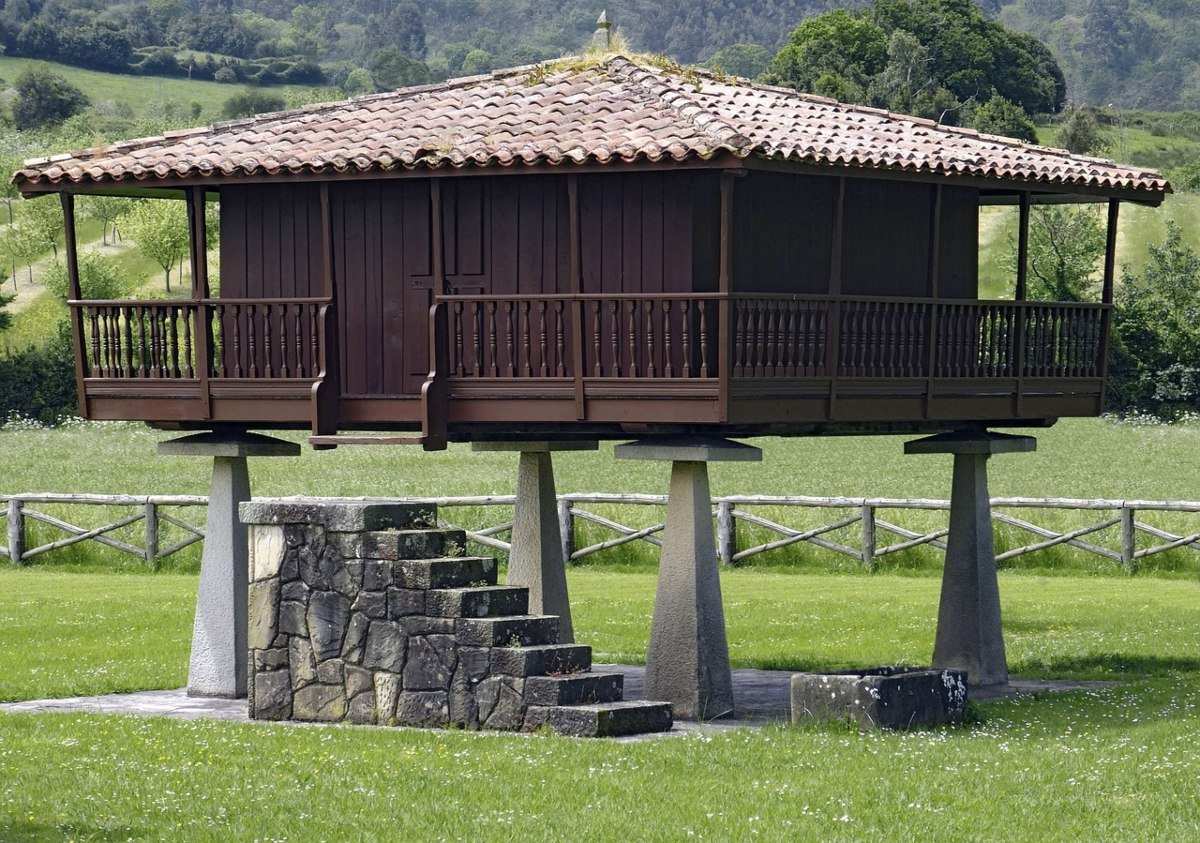
This is also because they’re protected, so if you want to renovate one, you have to apply for a special licence and pay several associated fees.
Unfortunately, even if you spend money on renovating an hórreo, Galician law doesn’t technically allow for it to be used as a living abode, although that hasn’t stopped many from renting them out as rooms on Airbnb.
In neighbouring Asturias, where you can also find hórreos, authorities have a taken a more lenient approach to them being renovated for different economic or practical purposes suited to modern habits and trends, especially as a means of ensuring their survival.
Hórreo Facts
– One of the largest horreos in Galicia is Horreo de Carnota, which has now even become a tourist attraction. It was built in 1768 and is 34.76 metres long, standing on 22 pairs of feet. Historians believe it was built as part of a rivalry between two neighbouring towns.
– Lira, the rival to Carnota is located nearby and stands at just over 36.5 metres long and 1.60 metres wide. It also stands on 22 pairs of stone feet.
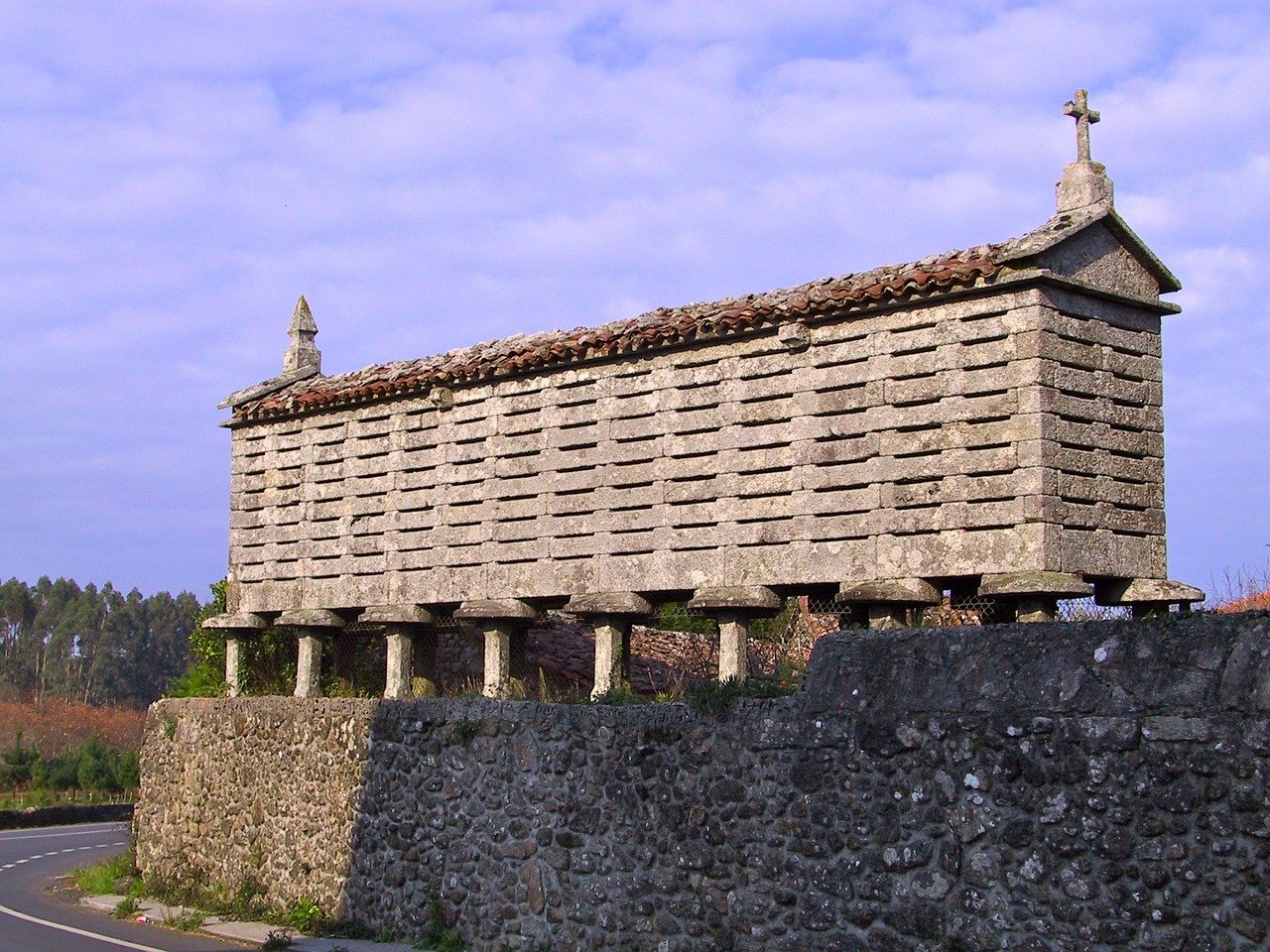
– The longest hórreo is hórreo de Araño in Rianxo at 37.05 metres long. It was built in the 17th century and has been Declared an Asset of Cultural Interest.
– Combarro is the town with the most hórreos in Galicia, home to more than 60 of them. 30 of them are also lined up facing the sea, which makes for a spectacular photo.
– Hórreos are not only found in Galicia, you can also find many in the neighbouring region of Asturias, although they’re not so well known there. Other places you can find a few of them include Aezkoa in Navarra, Agirre and Ertzilla in the Basque Country, Liébana in Cantabria, Bierzo and Los Beyos in Castilla y León and Bueño, in Asturias.



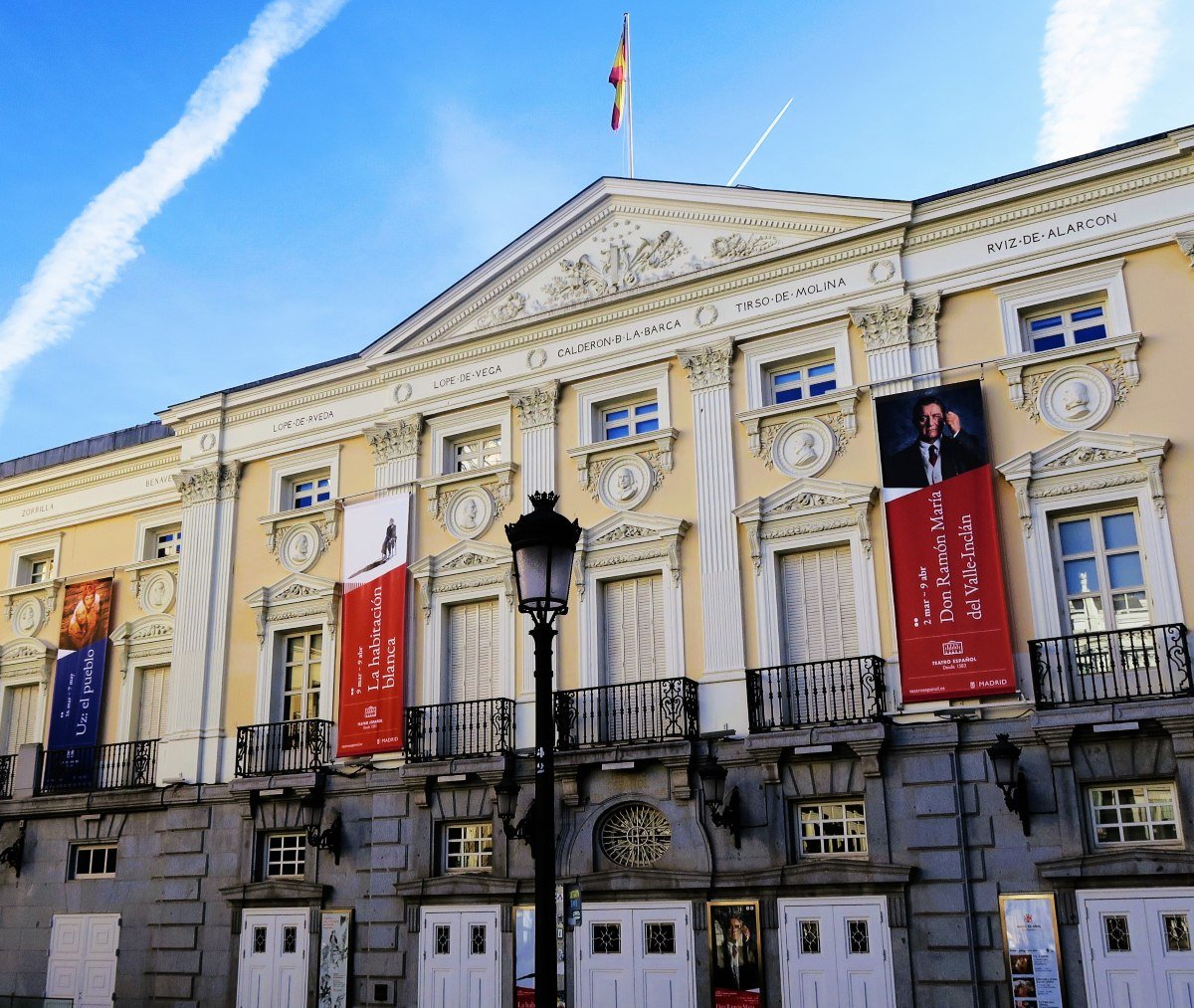
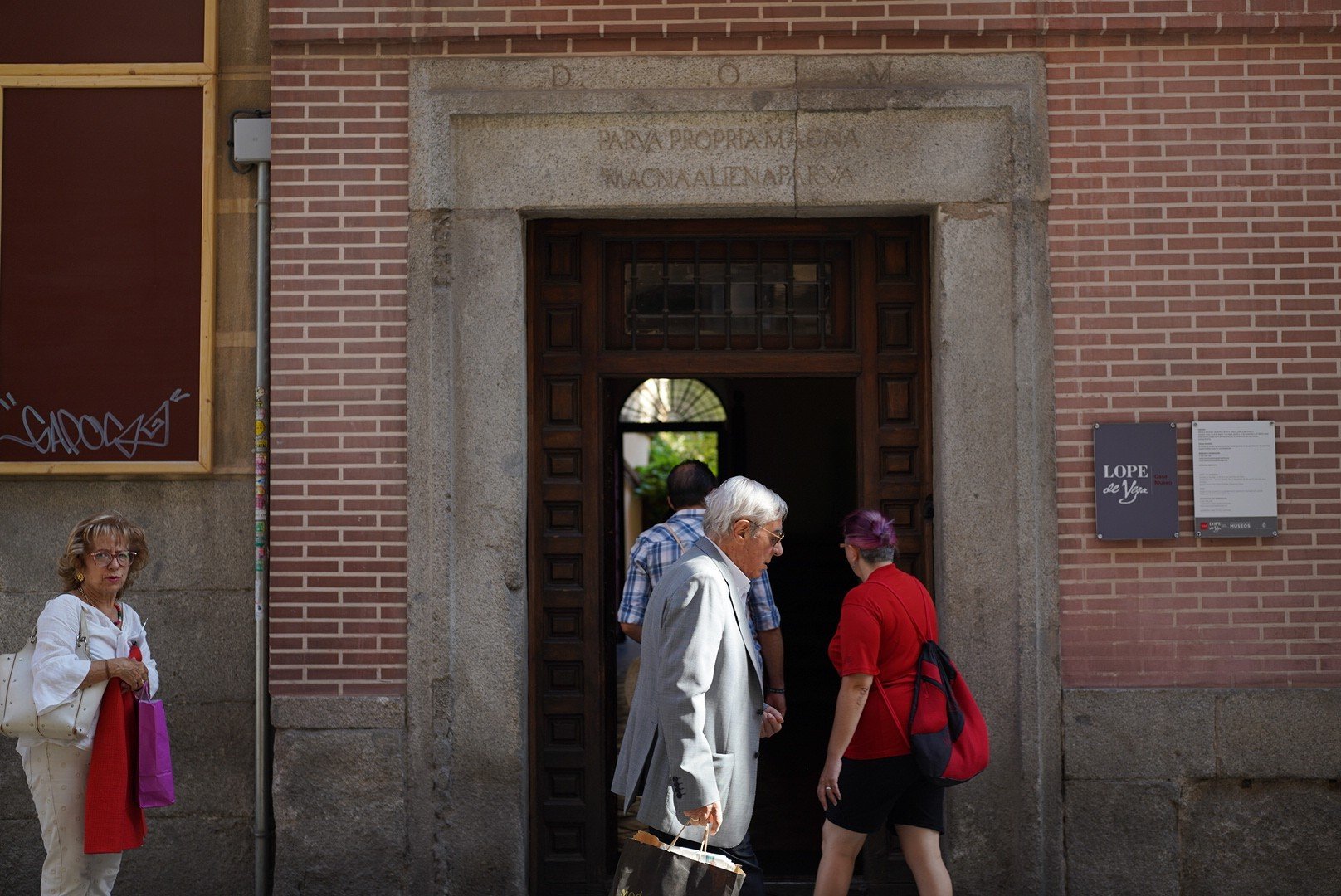


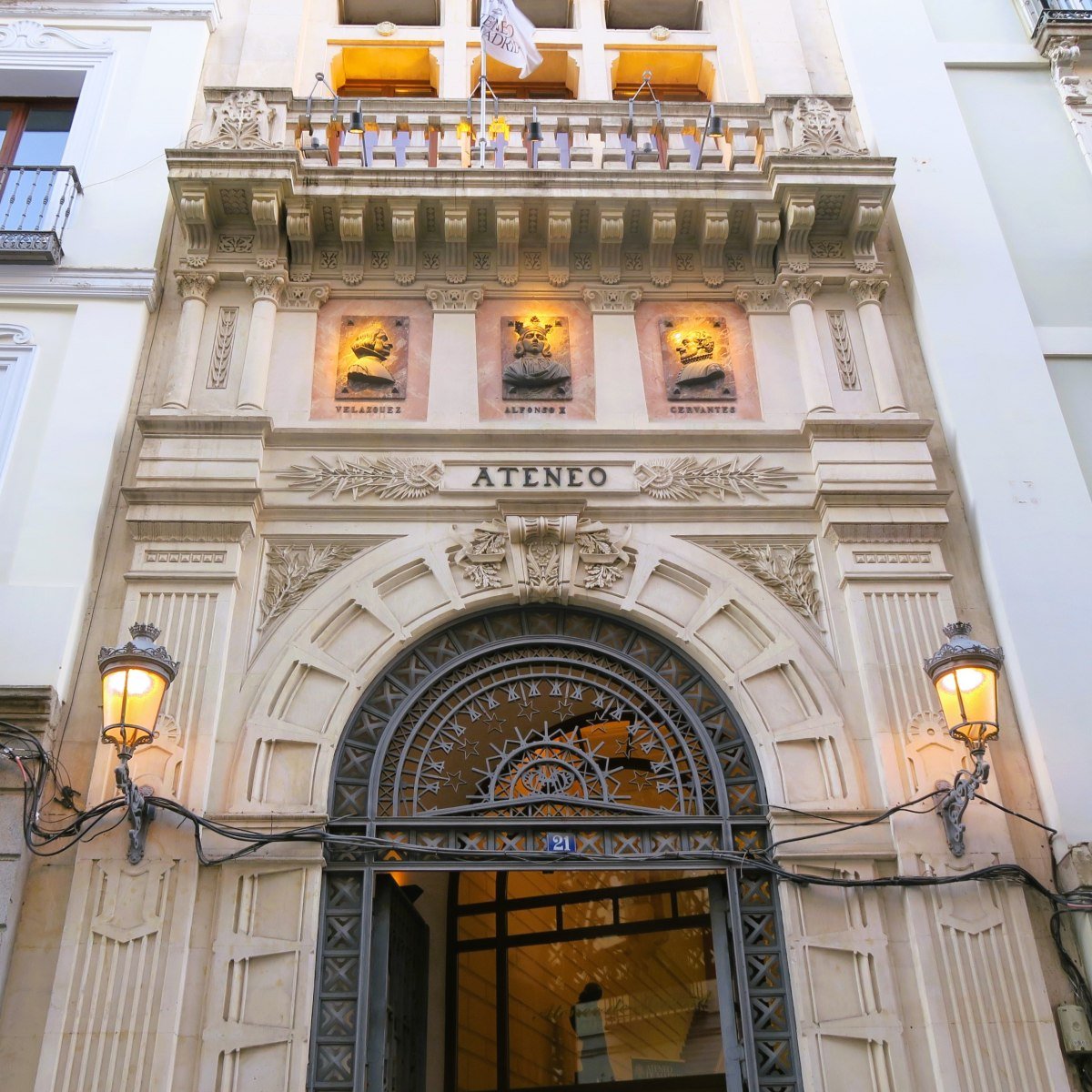
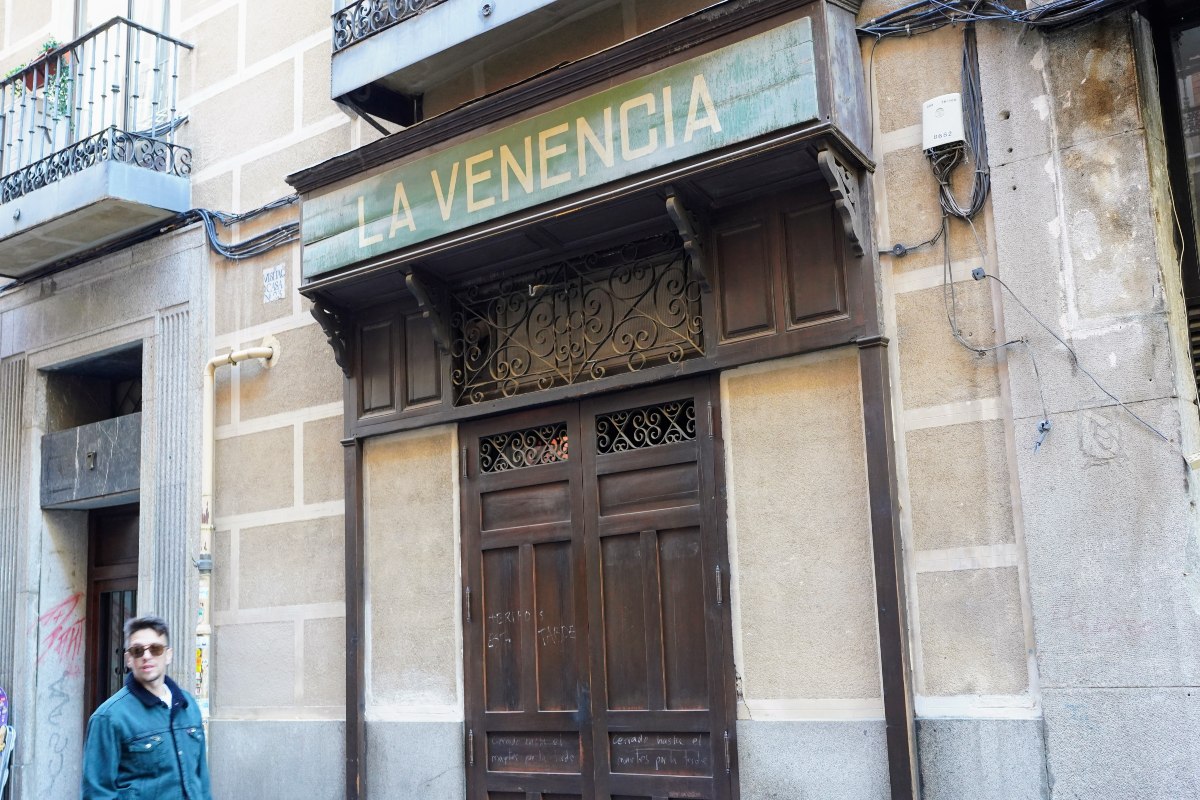
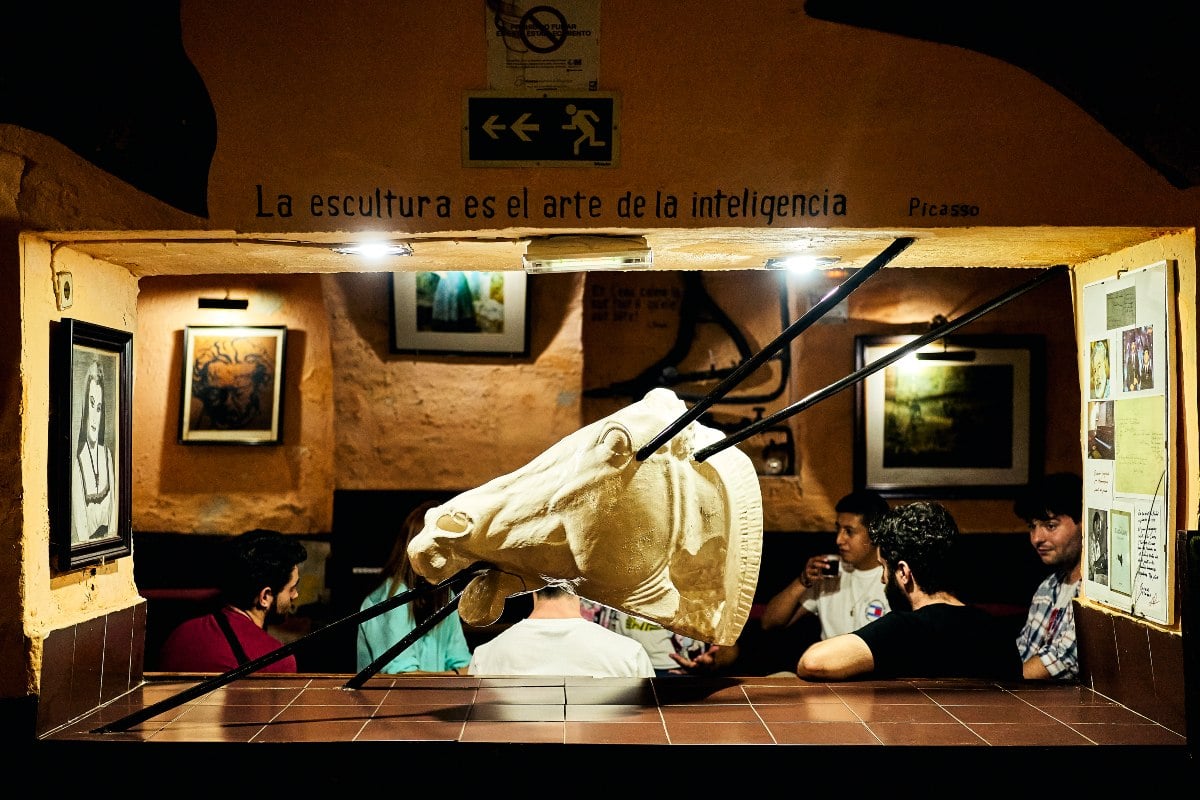
 Please whitelist us to continue reading.
Please whitelist us to continue reading.
Member comments